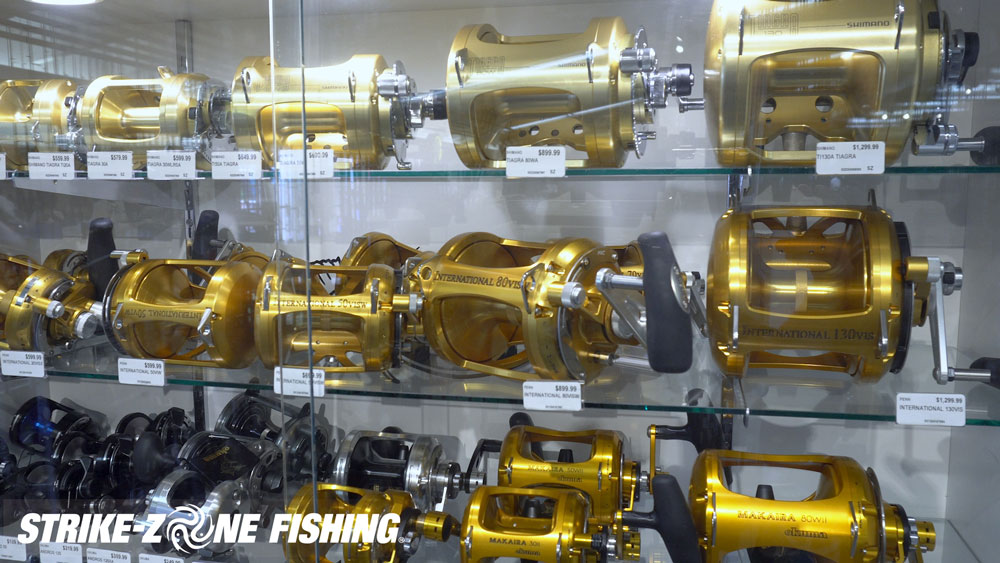

Circle Hooks and Striking A circle hook.Ĭircle hooks are a design of hook which has a short shank and turned in point. Using a monofilament shockleader with braid will also add a small amount of stretch and therefore a small margin of safety when using braided line. Most anglers using braid adapt the strike to be much less powerful, or simply reel in fast to set the hook. Braided line is almost entirely stretch free, meaning that even a light strike will send practically all of its power to the fish and potentially pull the hook out of the mouth of the fish. With experience, anglers learn how much force to strike with to give the best chance of setting the hook properly. Conversely, when fishing at close range anglers need to remember that a great deal of the power of the strike will transfer through to the fish, an overenthusiastic strike could take the hook out of the mouth of the fish. This means when fishing at long range only a proportion of the power of the strike will transfer to the fish, as much of the power will be absorbed by the stretch in the line. There is a large amount of stretch inherent in monofilament line. Difference Between Using Braid and Monofilament Line Little aggressive fish, such as small pollock, or whiting, can snap at baits and give strong bites which require quick strikes, whereas large predators, such as conger eel, can give very shy and slow bites, meaning that learning how and when to strike to achieve a set hook is a matter of skill, judgement and – to a certain extent – luck. Pulling the rod backwards quickly to set the hook is known as striking.

Strike too soon and the bait and hook will be pulled away from the fish – this is known as ‘missing the bite’, but strike too late and the fish may have taken the bait all the way down into its stomach and be gut hooked. Striking is always a matter of judgement. Sometimes fish will hit the bait so hard they will hook themselves but fish can also cautiously and carefully take a bait into their mouth meaning that the angler will need to strike to set the hook.

Striking is the process of sweeping the fishing rod backwards when a bite is detected in order to securely set the hook in the mouth of a fish. This page looks at the different issues which need to be considered when landing fish, including the methods and techniques which help anglers securely hook fish and the various items of equipment such as drop nets and landing nets that help anglers successfully land fish. Landing a hooked fish is one of the aspects of fishing that many anglers do not think about – until they have a fish on the end of their line! Copyright: Piotr Wawrzyniuk / 123RF Stock Photo However, a surprising number of anglers pay little attention to the practicalities of landing fish and only consider this important aspect of sea fishing when they have a fish on the end of their line. Striking, reeling in and landing fish are all vitally important aspects of fishing – after all, there is little point in getting the best bait, rigs and equipment if fish that are hooked cannot be successfully landed.


 0 kommentar(er)
0 kommentar(er)
